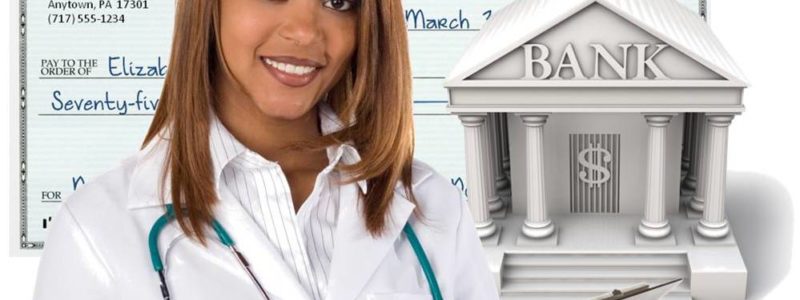A question recently posted on LinkedIn regarding the “Do’s, Dont’s, Thrills and Spills” of using a lockbox for payments generated a lot of comments, and got me to thinking more about the issues. While performing a medical practice analysis, we’ve often recommend investigating the use of a lockbox for payments. And nowadays, with so many more electronic advances, they’re even more options for capturing payments timely and securely – and reducing your medical accounts receivable.
For medical practices, these quick deposit strategies can mean both greater security and improved efficiency.
- The first strategy is to sign up for electronic payments from as many payors as possible. Physicians applying to Medicare as new providers must now, with a few exceptions, accept payment electronically. And of course you want to make sure your billing system can process electronic remittance advices too. During one recent assessment of a medical group’s billing and collection practices, we were able to reduce the accounts receivable of the practice by over $2 million simply by helping the practice sign up for electronic payments and remittance advices from their major third-party payors. This represented a 30-day boost in cash flow for almost no investment in systems, staff or services!
- After you’ve signed up for as many electronic payment systems as possible, look at the volume of checks coming in the mail, and talk to your bank about a lockbox service. A lockbox is a service offered by banks that can simplify the collection and processing of account receivables by having payments mailed directly to a location, often a P.O. box, accessible by the bank. Some banks charge fairly high fees, and may not provide services such as scanned copies of checks, RA’s or EOB’s. Look for a combination of low fees and services that increase the operational efficiency of your office, like software that provides conversion of payment information into a file that can be electronically posted to line items and patient accounts.
- And don’t forget about over-the-counter payments in the office. It almost goes without saying that a medical practice should accept a variety of credit cards for patient reimbursement. But also consider the automatic check scanning machines that provide for instant deposit of payments by check into your bank account.
Medical billing departments still need to adhere to proper internal control measures.
Implementing any or all of these solutions may also require adjustments to your workflow involving internal control. Electronic payments, instant check processing and lockboxes cover half of the internal control equation – safeguarding the non-cash payments that come to the office. The other half is a reconciliation of these payments to patient accounts. It’s still necessary to reconcile all types of deposits with the payments and other adjustments made to patient accounts. This loop must be closed as well to minimize the risk of fraud or embezzlement in your practice.
So give yourself a few moments to contemplate these best practices for your medical billing and collections processes. I think you may be pleasantly surprised by their benefits.

